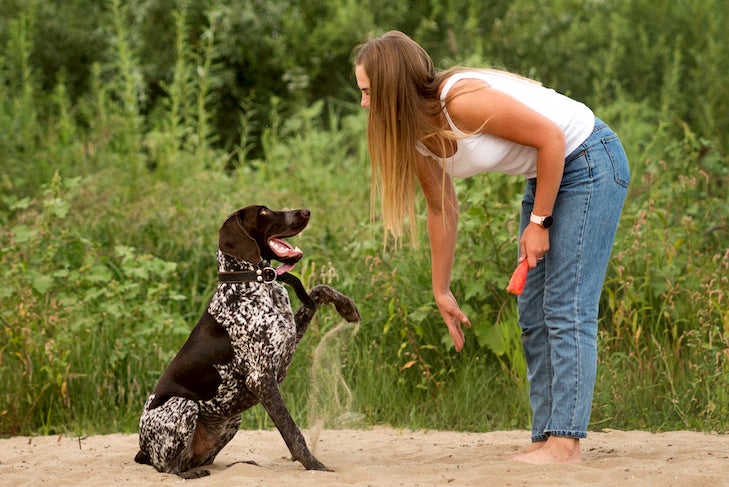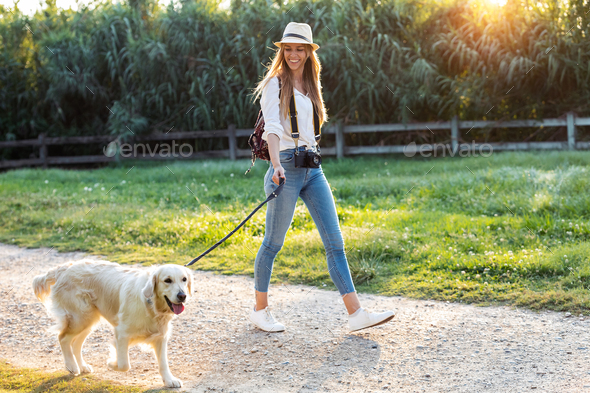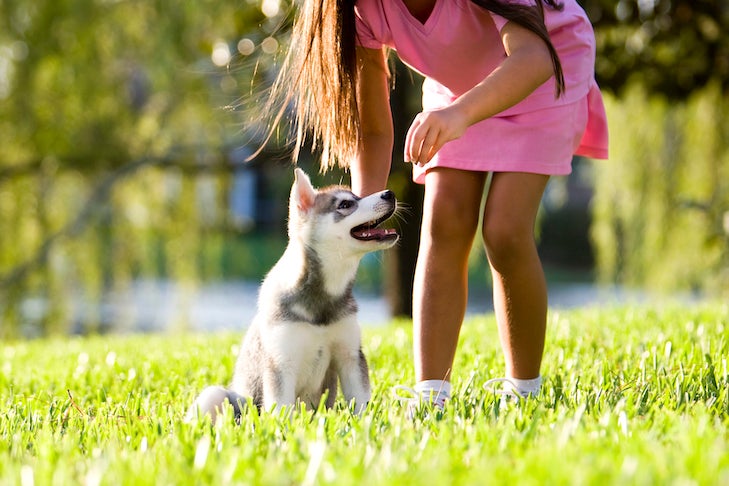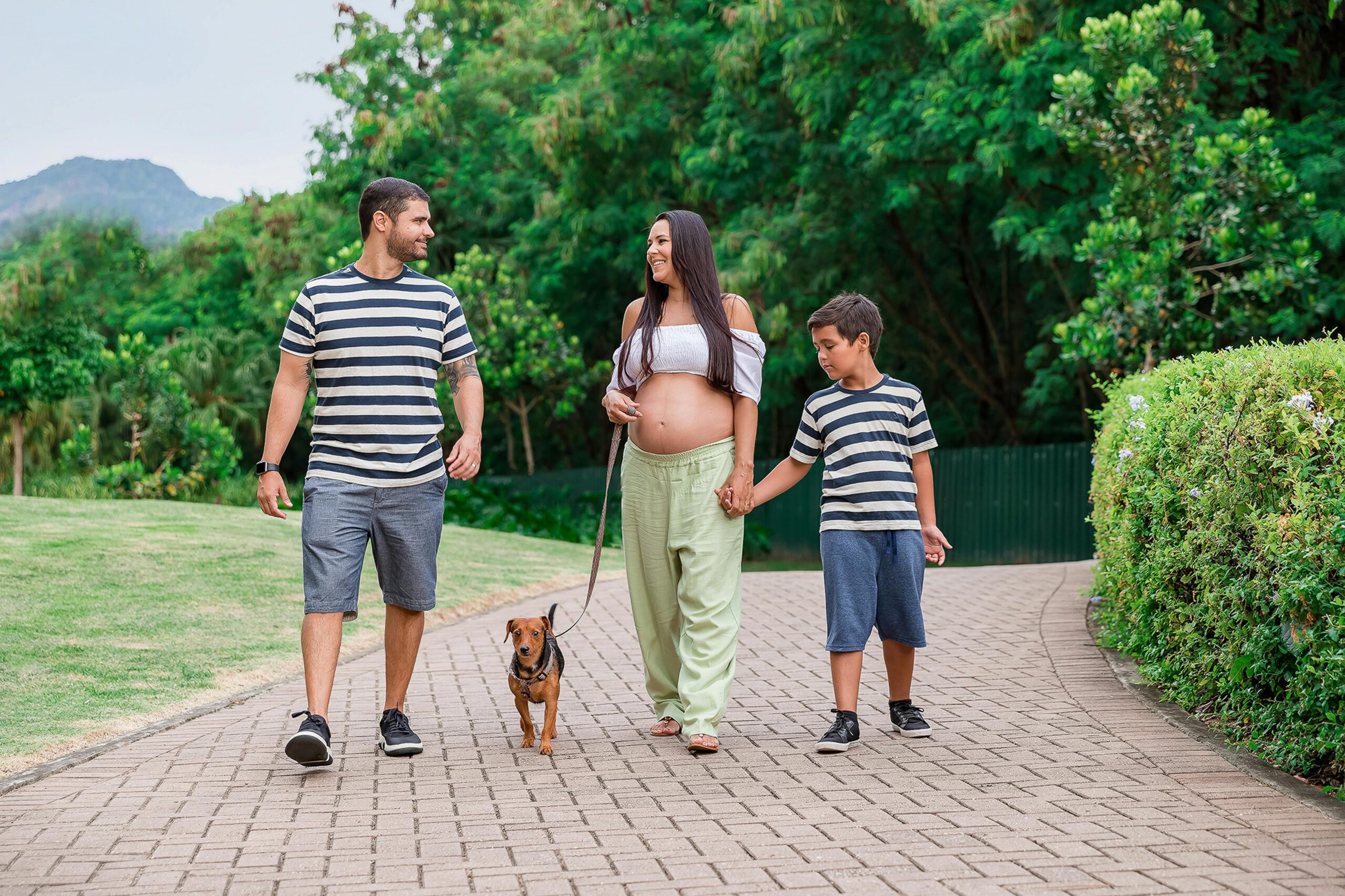Key Takeaways
- Mastering the ‘Stay’ command is vital for your dog’s safety and your peace of mind.
- Training should begin with short, clear instructions and positive reinforcement.
- Patience and consistency are the cornerstones of teaching your dog to ‘Stay’.
- Gradually increase the duration and distance of the ‘Stay’ to challenge your dog.
- Addressing distractions early on will strengthen your dog’s ‘Stay’ command.

Why ‘Stay’ Is a Lifesaver: The Essential Command for Every Dog
Imagine a bustling street, cars zooming by, and your dog sitting calmly by your side, unfazed. This isn’t just a display of good manners; it’s a critical safety measure. ‘Stay’ is the command that can prevent accidents and keep your furry friend out of harm’s way. It’s the invisible leash that gives you control even when you’re not holding on tight.
Preventing Harm with a Single Word
Let’s face it, dogs are curious by nature. A squirrel darts by, and their instinct is to chase. But a well-taught ‘Stay’ command can stop them in their tracks, literally. This command is your verbal barrier, protecting your dog from running into the street, approaching dangerous animals, or getting into toxic substances.
Building Trust in Your Training
Building trust with your dog is an essential part of mastering the essential command of ‘stay’. Trust ensures that your dog understands that staying put is safe and that you will return. This bond is crucial for effective training and for your dog’s overall obedience.
When your dog reliably responds to ‘Stay’, it shows they trust your guidance. This command is not just about obedience; it’s about building a relationship where your dog looks to you for cues on how to behave. This trust is the foundation of all training and is essential for your dog’s overall well-being.
Breaking Down the ‘Stay’ Command
‘Stay’ is more than just a command; it’s a communication tool that tells your dog to maintain their current position until you say otherwise. It’s about self-control and focus, qualities that are invaluable in any situation.

- Choose a quiet, distraction-free area to start training.
- Begin with your dog in a sit or down position.
- Use a clear and consistent verbal cue and hand signal.
- Reward your dog immediately after they follow the command, even if it’s just for a few seconds at first.
The Science Behind ‘Stay’
Training a dog to ‘Stay’ taps into their ability to learn through operant conditioning. This is a method where behaviors are associated with consequences. In the case of ‘Stay’, your dog learns that holding their position leads to positive outcomes, like treats or praise. It’s about creating a mental link between the command and the reward.
Most importantly, the ‘Stay’ command is about consistency. Dogs thrive on routine and clear expectations. By consistently rewarding the behavior you want, you reinforce that behavior, making it more likely to occur again.
‘Stay’ vs. Other Commands: What Sets It Apart
Unlike ‘Sit’ or ‘Come’, mastering the ‘Stay’ command requires your dog to resist their natural impulses over a period of time. It’s not just about the initial action but maintaining it. This is why ‘Stay’ is often seen as a more advanced command, but it’s one that dogs of any age or breed can master with the right approach.
Step-by-Step Training for ‘Stay’
Training your dog to ‘Stay’ is a process. You’ll want to start simple and gradually increase the complexity of the task. Here’s how to lay the groundwork for a rock-solid ‘Stay’.
Laying the Foundation
Begin in a quiet room without distractions. Have your dog sit or lie down at your side. Give the command ‘Stay’ in a firm, calm voice, and use a hand signal such as an open palm facing them. Wait a few seconds, then reward them with a treat and praise. It’s crucial to reward them while they are still in the ‘Stay’ position, not after they’ve moved.

First Steps to a Solid ‘Stay’
Once your dog understands the basics, start to build on that foundation. Here’s a step-by-step guide:
- Ask your dog to ‘Stay’, then take a step back. If they hold the position, quickly step forward again and reward them.
- Gradually increase the number of steps you take away from your dog, always returning to reward them for staying.
- If your dog breaks the ‘Stay’, calmly return them to the starting position and try again with a shorter distance.
Remember, short and frequent training sessions are more effective than long, infrequent ones. Aim for several five-minute sessions throughout the day.
Perfecting the ‘Stay’: Increasing Duration and Distance
As your dog gets more comfortable with the command, you can start to increase the duration of the ‘Stay’. Begin by waiting a few extra seconds before returning to reward them. Over time, you can build up to several minutes. The key is to do this gradually and always set your dog up for success.
Similarly, you can start to increase the distance between you and your dog. Take an extra step back each time, and if they maintain the ‘Stay’, return and reward them. Eventually, you’ll be able to move out of sight and still have your dog hold their position.
Dealing with Distractions
Real life is full of distractions, and your dog needs to learn to ‘Stay’ despite them. Begin by introducing mild distractions, like rolling a ball nearby or having someone walk into the room. If your dog holds the ‘Stay’, reward them generously. If they break it, reset and try again with a less intense distraction.
Over time, you can introduce more challenging distractions, always ensuring that your dog is successful more often than not. This builds their confidence and solidifies the command.
Advanced ‘Stay’ Training Techniques
Once your dog has mastered the basics of ‘Stay’, it’s time to up the ante. Advanced training techniques are not just about showing off; they’re about reinforcing the command so that it sticks, even in the most tempting or chaotic situations.
From the Living Room to the Park: Expanding Environments
Begin by practicing ‘Stay’ in different rooms of your home. Each new environment comes with its own set of smells, sights, and sounds, providing a fresh challenge for your dog. Once they’re responding well indoors, take the training outside. Start in your backyard or another enclosed outdoor space before moving on to more public areas like parks. Always keep safety in mind, and use a long leash if you’re unsure of how your dog will react in a new setting.

By practicing ‘Stay’ in various environments, you’re teaching your dog that the command applies everywhere, not just at home. This is crucial for their safety. For instance, if you’re at a picnic and your dog is tempted to dash after a frisbee, a strong ‘Stay’ can prevent a potential accident.
Adding Layers: Combining ‘Stay’ with Additional Commands
Now, let’s mix it up. Once your dog is solid on ‘Stay’, start incorporating other commands before releasing them from the ‘Stay’. For example, ask your dog to ‘Stay’, then after a moment, give the ‘Sit’ command followed by ‘Come’. This teaches them that ‘Stay’ doesn’t always lead directly to ‘Come’ and keeps them guessing and focused on you.
Example: If you’ve asked your dog to ‘Stay’, and they’re doing well, throw in a ‘Down’ command from a distance. Once they lie down, praise them, then give the release word to end the ‘Stay’. This reinforces the idea that they should always be waiting for your next instruction.
Overcoming Training Roadblocks
Even the best training plans can hit snags. Your dog might be the star pupil one day and forget everything the next. It’s normal, and it’s part of the training process.
Common ‘Stay’ Command Challenges
One of the most frequent issues you might face is your dog breaking the ‘Stay’ too early. This often happens because they’re not clear on the command or they’re overly eager to be with you. It’s a sign that you might need to backtrack in your training and reinforce the basics.
When ‘Stay’ Won’t Stick: Tips for Troubleshooting
- If your dog breaks the ‘Stay’, don’t scold them. Instead, calmly put them back in the original position and try again.
- Shorten the duration or distance of the ‘Stay’ to help your dog succeed, then gradually build back up.
- Ensure you’re not unintentionally signaling your dog to break the ‘Stay’, such as making eye contact or facing them directly, which can be read as an invitation to come.
- Use a release word like “Okay” or “Free” to clearly signal the end of the ‘Stay’. Make sure not to use this word at other times, so it doesn’t lose its meaning.
Consistency is your best friend when it comes to training. Dogs learn through repetition, so the more consistent you are with your commands and rewards, the quicker they’ll catch on.
Reinforcing ‘Stay’ for Life
Training doesn’t end once your dog masters a command. ‘Stay’ is a skill that needs to be practiced and reinforced throughout your dog’s life.
Consistency Is Key
Make ‘Stay’ a part of your daily routine. Ask for a ‘Stay’ before meals, when putting on the leash, or before opening the door. This not only reinforces the command but also helps your dog practice self-control in exciting situations.
Reward Systems: Finding What Works for Your Dog
Not all dogs are motivated by the same rewards. Some may do anything for a treat, while others prefer a game of tug or verbal praise. Find out what makes your dog tick and use that as the reward for a successful ‘Stay’. Mix it up to keep them interested and engaged in the training process.
Remember, the goal of ‘Stay’ is to ensure your dog’s safety. Celebrate the small victories, like the first time they hold a ‘Stay’ when a car passes by or when they ignore the cat during a walk. These moments are the building blocks of a reliable ‘Stay’ command and, most importantly, a safe and happy dog.
With patience, practice, and a positive approach, ‘Stay’ will become second nature to your dog, giving you peace of mind and them the freedom to enjoy the world safely by your side.

Real-World Practice: ‘Stay’ Scenarios in Daily Life
Real-world practice is essential for reinforcing the ‘Stay’ command. Here are some everyday scenarios where you can incorporate the ‘Stay’ training:
- Before crossing the street, have your dog ‘Stay’ at the curb until it’s safe to cross.
- While at the vet, use ‘Stay’ to keep your dog calm and in one spot as you wait.
- During family meals, ‘Stay’ can prevent begging or stealing food from the table.
Integrating ‘Stay’ into these moments not only reinforces the command but also teaches your dog how to behave in social situations.
Final Thought: Celebrating Little Victories
Every successful ‘Stay’, no matter how brief, is a step towards a safer, more obedient companion. Celebrate these achievements with your dog – they’re the milestones that pave the way to a disciplined and happy pet. Remember, training is an ongoing journey, and every small victory is a testament to your dedication and love for your furry friend.
Frequently Asked Questions (FAQ)
How long does it take for a dog to master the ‘Stay’ command?
The time it takes for a dog to master the ‘Stay’ command can vary. With daily practice, many dogs begin to understand the basics within a few weeks. However, fully mastering ‘Stay’, especially with distractions, may take longer. The key is consistency and gradually increasing the complexity of the command.
What do I do if my dog breaks the ‘Stay’ before I release them?
If your dog breaks the ‘Stay’ command before being released, calmly guide them back to the starting position and try again. This is not the time for punishment; instead, it’s an opportunity for learning. Shorten the ‘Stay’ duration or distance and slowly work your way back up as your dog becomes more reliable.
For example, if your dog stands up from a ‘Stay’ when a car goes by, reset them to the sitting position, shorten the duration of the ‘Stay’, and try again. Once they succeed, reward them with praise and a treat.
How can I train my dog to ‘Stay’ without using treats?
While treats are a powerful motivator, they’re not the only way to reinforce ‘Stay’. You can use praise, petting, or a favorite toy as a reward. The key is to find what your dog loves and use that as the incentive for obeying the ‘Stay’ command.
Is the ‘Stay’ command effective for puppies, or should I wait until they’re older?

The ‘Stay’ command can be taught to puppies as young as 8 weeks old. Start with very short durations and gradually increase as they grow and their attention span increases. Training early helps instill good habits from the start.

Thank you for your advice. Definitely will be helpful when getting a new puppy.